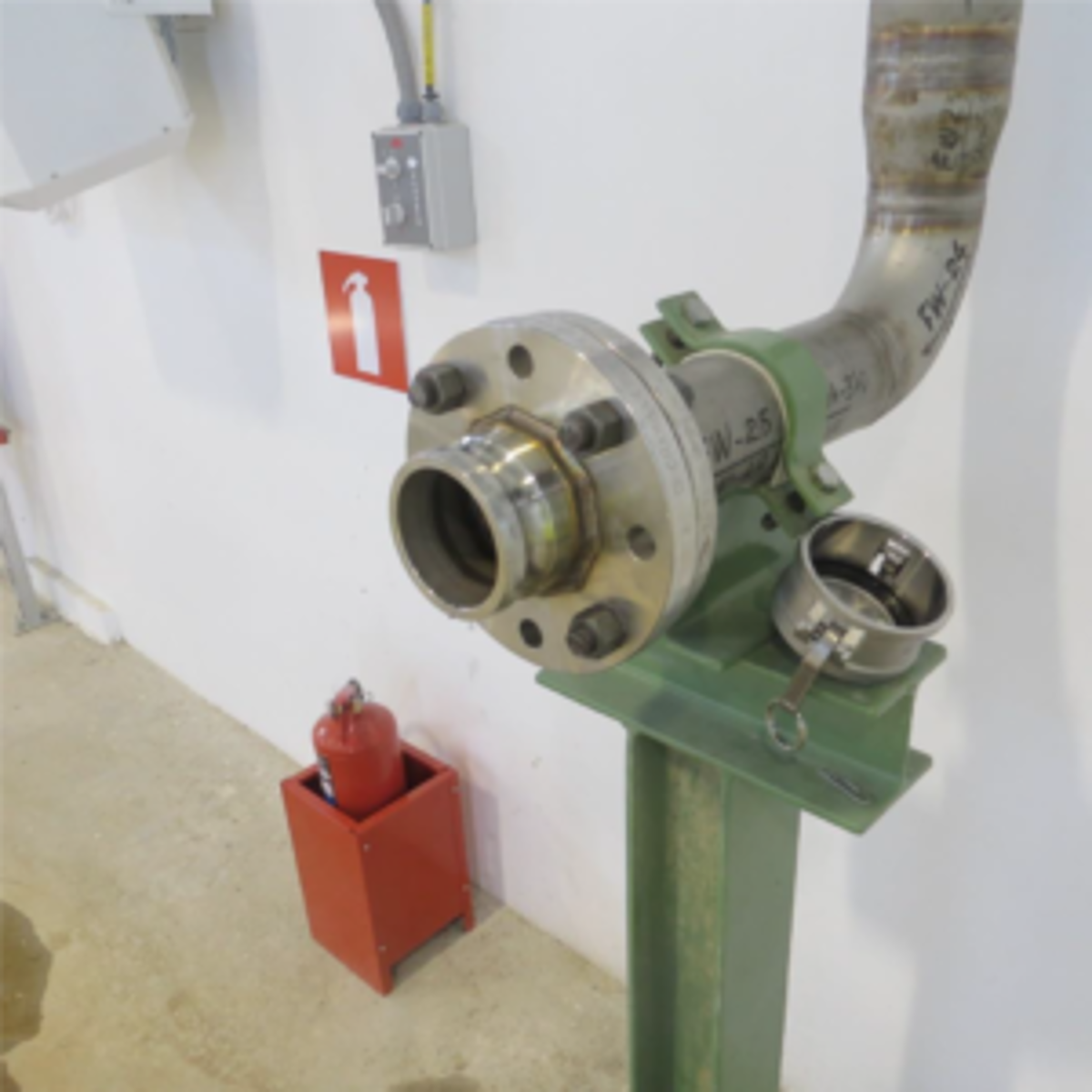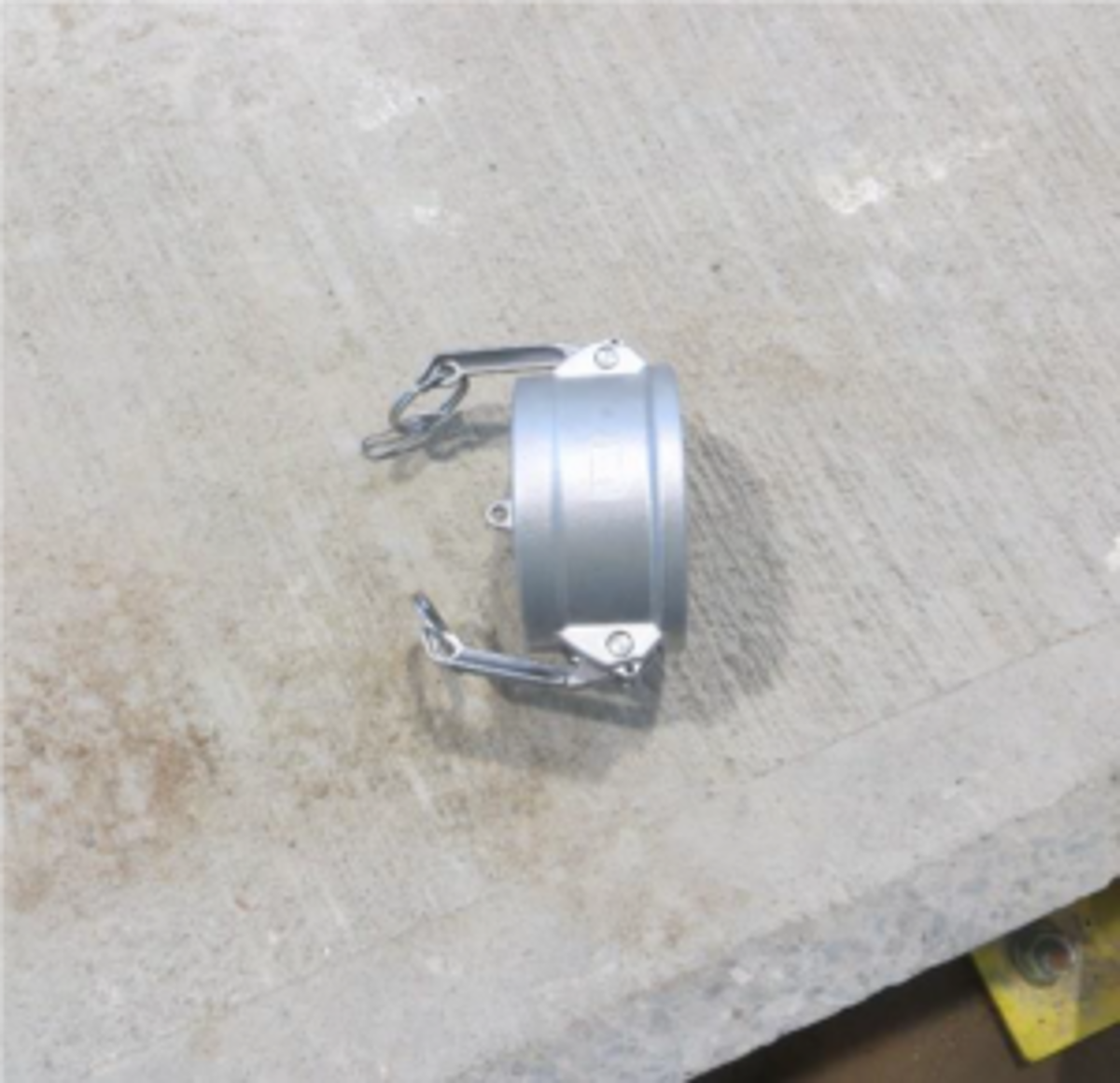Fire main dust cap blown away by pressure from the line
- Safety Flash
- Published on 12 August 2019
- Generated on 5 January 2026
- IMCA SF 19/19
- 1 minute read
Jump to:
A fire main dust cap was blown off by pressure from the line and hit the wall 10 m away.
What happened?
The incident occurred when a fire team were checking the firefighting water line filling point connection. The filling point had a camlock fitting and the blank end steel dust cap was in position.
The fire team proceeded to release the dust cap by disconnecting the clasps. When the clasp was released, pressure from behind the dust cap blew it off, causing it to hit the wall approximately 10 metres away. This caused minor damage to the wall. There were no injuries to personnel.
What actions were taken? What lessons were learned?
Work was stopped immediately.
A thorough inspection of the site was made which identified a few fire ring main lines where the same scenario could occur; these were carefully checked, and any trapped pressure was released.
Consideration may be given to the fitting of a drain cock which would allow the release of any residual line pressure prior to cap removal.
Related Safety Flashes
-
IMCA SF 35/16
20 December 2016
-
IMCA SF 03/07
4 April 2007
-
IMCA SF 09/03
1 August 2003
IMCA Safety Flashes summarise key safety matters and incidents, allowing lessons to be more easily learnt for the benefit of the entire offshore industry.
The effectiveness of the IMCA Safety Flash system depends on the industry sharing information and so avoiding repeat incidents. Incidents are classified according to IOGP's Life Saving Rules.
All information is anonymised or sanitised, as appropriate, and warnings for graphic content included where possible.
IMCA makes every effort to ensure both the accuracy and reliability of the information shared, but is not be liable for any guidance and/or recommendation and/or statement herein contained.
The information contained in this document does not fulfil or replace any individual's or Member's legal, regulatory or other duties or obligations in respect of their operations. Individuals and Members remain solely responsible for the safe, lawful and proper conduct of their operations.
Share your safety incidents with IMCA online. Sign-up to receive Safety Flashes straight to your email.

